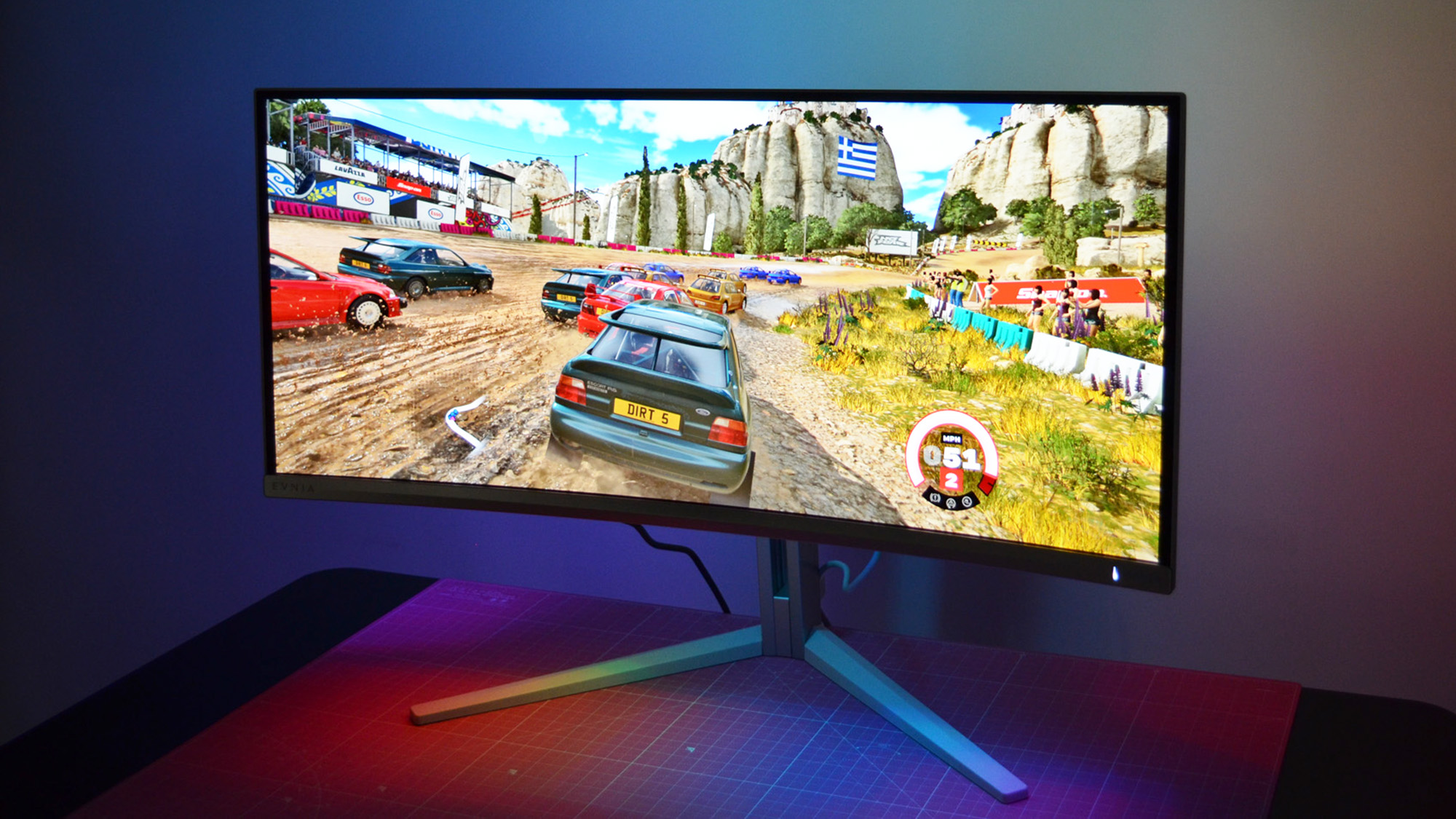What is Vsync: getting your GPU and monitor working together for better performance
If you've ever wondered what the Vsync setting does, you're not alone

If you’ve ever looked at a PC game’s settings menu, you’ve probably wondered ”What is Vsync, and should I turn it on?”
Sometimes, settings screens won’t have tooltip explanations or other info about what the setting is and none of them will ever tell you where or when not to use it, so many gamers might just turn it on to be safe, while others might never turn it on at all and miss out on the potential benefits.
What’s more, Vsync has utility beyond just gaming and can be used with any kind of 3D rendered content, like 3D animation, Basically, anyone working with this kind of content can benefit from Vsync.
Fortunately, I’ve been a gamer all my life and I work with graphics cards for a living, so I’m here to break Vsync down for you, what the benefits and drawbacks of the technology are, and where and when not to use it for the best possible experience.
What is Vsync?
Vertical synchronization, also known as Vsync, is a display setting that aligns the frame rate of a game or 3D-rendered scene with the refresh rate of a monitor. The primary goal is to prevent the phenomenon known as "screen tearing," which occurs when multiple frames are drawn on the screen at once. This causes disjointed images that appear like they’ve been torn and shifted sideways.
Imagine your graphics card churning out 100 frames per second (fps), but your monitor can only effectively display 60fps due to its 60Hz refresh rate. Without Vsync, the monitor might simultaneously display a frame as well as portions of another frame currently being sent to the monitor by the GPU. And since the monitor can only draw a single image for every refresh cycle, one or more partial frames overlay the previous one, producing the "tearing" effect.
Vsync comes to the rescue by limiting the frame rate of your game to align with the refresh rate of your monitor. So, for a 60Hz monitor, the frame rate will be effectively capped at 60fps by Vsync, 90Hz at 90fps, and so on.
Sign up for breaking news, reviews, opinion, top tech deals, and more.
The benefits of Vsync in graphics performance
One of the main advantages of Vsync is its ability to eliminate screen tearing, offering users a visually fluid experience. By syncing the game's frame rate with the monitor's refresh rate, it provides consistent and predictable graphics, which heightens the sense of visual fidelity, even if your frame rate is slower than it would be without it.
There's also the added advantage of a reduced load on the GPU. By effectively setting a frame rate cap, the GPU doesn't have to overexert itself grinding out as many frames a second as it can for a monitor that can't effectively display them. This can translate into cooler operating temperatures, and lower power consumption, and could even help extend your hardware's lifespan if used consistently.
The potential downsides of Vsync
However, Vsync isn't a magic wand that fixes all graphics-related issues, and in certain situations, it might cause more problems than it fixes. For instance, Vsync can introduce input lag, which is a minor delay between the user's action (like a mouse click) and the on-screen response. Such lags can be a dealbreaker, especially in fast-paced competitive games where every millisecond counts.
Then there's the potential for "stuttering", which occurs if your GPU can't consistently output frames at the Vsync capped frame rate, causing it to dip below the monitor's refresh rate.
Additionally, for those who own the best gaming PC on the block, especially ones equipped with the best monitors with high-refresh-rates (such as 144Hz or 240Hz) and one of the best graphics cards, Vsync might simply be redundant.
In this instance, you might be better served by technologies like NVIDIA's G-SYNC or AMD's FreeSync that adjust the monitor's refresh rate dynamically based on the GPU's performance, so you don't need to mess with the Vsync settings at all.

John (He/Him) is the Components Editor here at TechRadar and he is also a programmer, gamer, activist, and Brooklyn College alum currently living in Brooklyn, NY.
Named by the CTA as a CES 2020 Media Trailblazer for his science and technology reporting, John specializes in all areas of computer science, including industry news, hardware reviews, PC gaming, as well as general science writing and the social impact of the tech industry.
You can find him online on Bluesky @johnloeffler.bsky.social